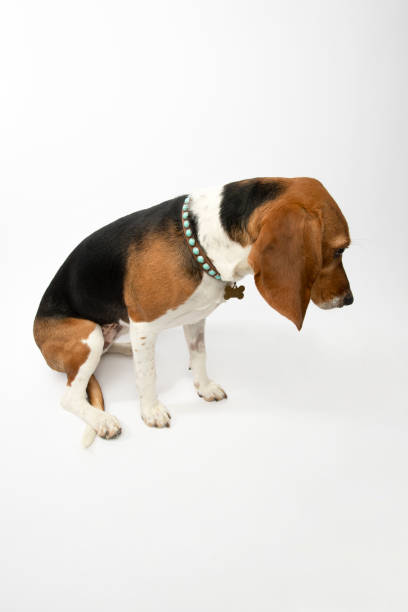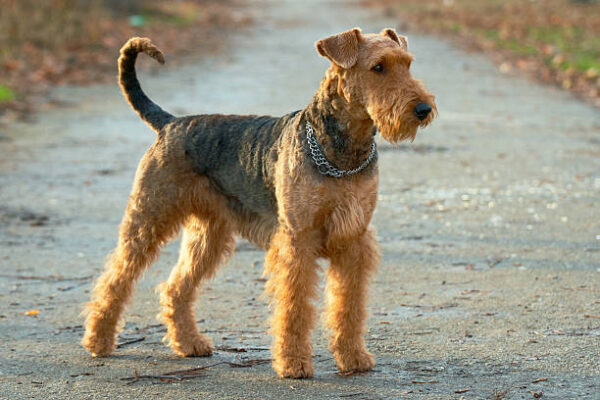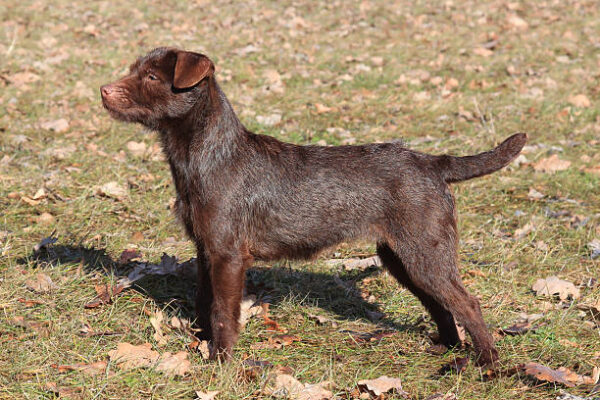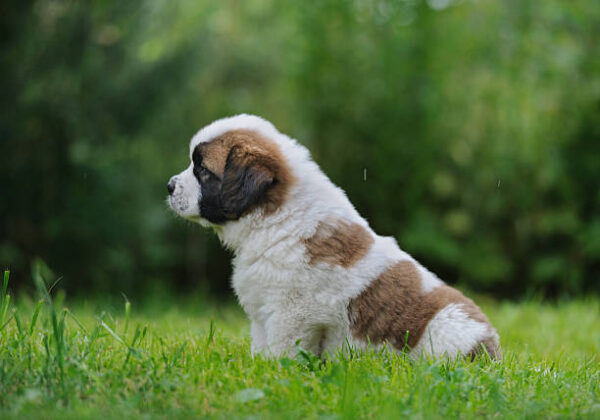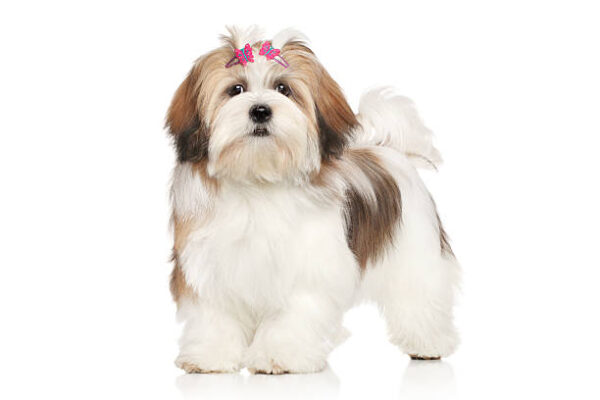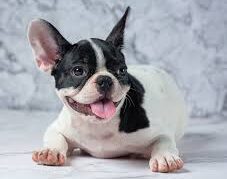Your cart is currently empty!
Harrier
Harrier Harrier: The Harrier stands between the taller Foxhound and the smaller Beagle as the intermediate sized scent hound and its conformation and appearance is similar to those members of its family. The breeds history can be traced back at least to the thirteenth century and its name reflects its original function; to hunt hare. […]
Description
Harrier
General appearance
Medium sized, smooth coated hound. Well balanced, compact without exaggeration. Strongly built without coarseness.
Characteristics
Built for endurance, stamina and the ability to hunt rabbit and hare over different terrains.
Temperament
Friendly, lively, never nervous or aggressive.
Head and Skull
Head long with an appearance of quality. Skull fairly broad, of medium width, tapering towards muzzle. Occiput not prominent. Eyebrows pronounced. Slight stop. Clean cheeks. Rectangular muzzle of moderate depth. Flews not excessive. Large nose with broad, open nostrils.
Eyes
Oval, very bright and deeply set. Playful, lively expression. Colour harmonising with coat colour.
Ears
High set, pendant, with rounded tip, of fine texture. Carried close to the head.
Mouth
Jaws strong with a perfect, regular and complete scissor bite, i.e. upper teeth closely overlapping lower teeth and set square to the jaws.
Neck
Long, clean and slightly arched. Sufficiently long to enable head to come down to scent. Well-muscled.
Forequarters
Shoulders well laid back, not loaded. Upper arm angulation enabling front legs to stand well under body. Forelegs straight, clean cut, well boned down to ground. Pasterns short and strong.
Body
Chest deep, reaching below the elbow. Well sprung ribcage, of good length. Back ribs deep and long. Topline level with slight arch over broad, well-muscled loin.
Hindquarters
Long and muscular with good bend of stifle. Well-muscled second thigh. Strong, low set hocks.
Feet
Strong, round cat foot with well knuckled toes, hard padded, with strong nails.
Tail
Long, set on and carried high, fairly straight. Never curled or carried over the back.
Gait/Movement
Free striding, tireless with the ability to gallop. Good drive behind, with no indication of roll.
Coat
Short, dense and weatherproof.
Colour
Any recognised hound colours and markings.
Size
Ideal height: dogs 53 cms (21 ins); bitches 48 cms (19 ins), with a tolerance of 2.5cm (1in) smaller.
Faults
Any departure from the foregoing points should be considered a fault and the seriousness with which the fault should be regarded should be in exact proportion to its degree and its effect upon the health and welfare of the dog.
Note
Male animals should have two apparently normal testicles fully descended into the scrotum.
